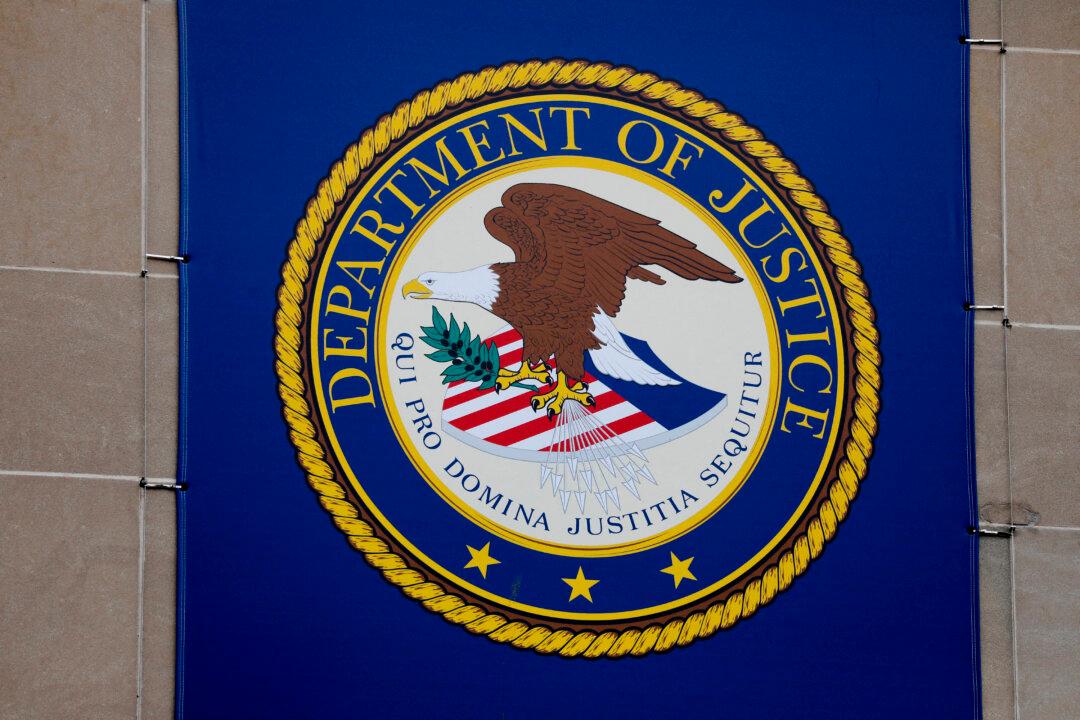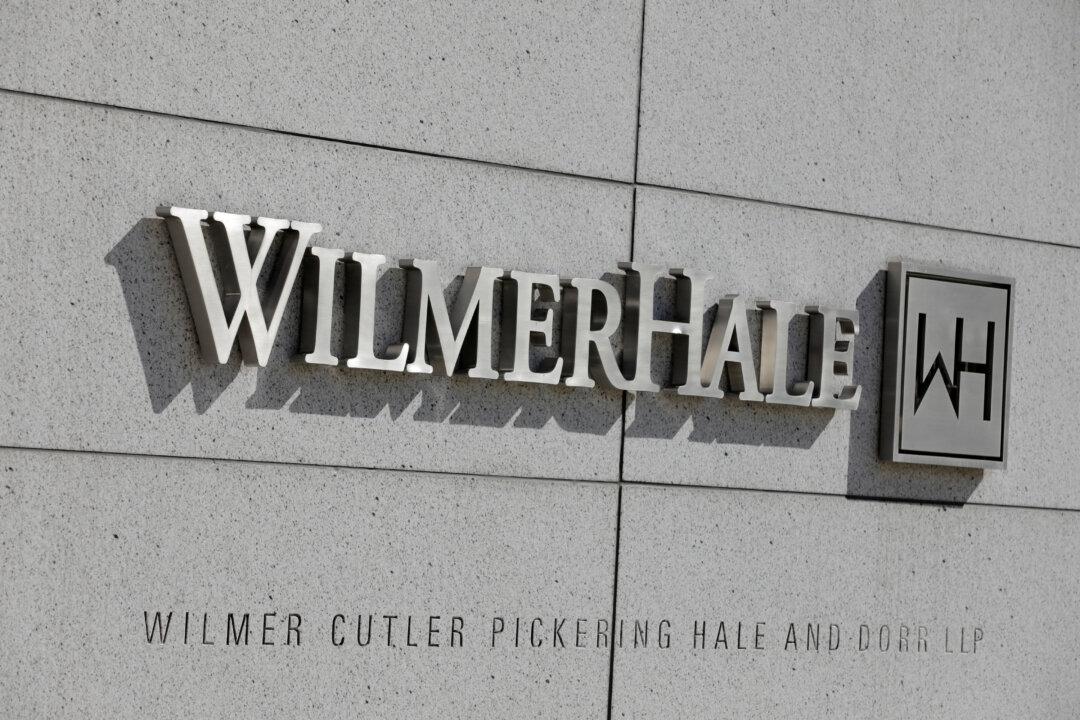Troubled home goods retailer Bed Bath & Beyond is shutting an additional 87 stores as its financial woes continue, a spokesperson has confirmed.
A company spokesperson told The Epoch Times in an emailed statement: “This store fleet reduction expands the Company’s ongoing closure program of approximately 150 lower-producing Bed Bath & Beyond banner stores. We will update all stakeholders on our plans as they develop and finalize.”
The company will also be shuttering five Buybuy Baby stores, as well as all of its Harmon beauty locations, the spokesperson confirmed.
Bed Bath & Beyond was founded in 1971 in New Jersey by Warren Eisenberg and Leonard Feinstein and was once one of the leading home goods retailers in the United States.
Retailer Warns of Insufficient Funds
Meanwhile, an increasingly volatile economy and soaring inflation have prompted decreased consumer demand.The situation was further worsened for Bed Bath & Beyond when GameStop Chairman Ryan Cohen, previously a major shareholder in the retailer, sold off his entire stake in the company in August last year.
The company owes $550 million under its asset-backed loan with JP Morgan and $375 million to the investment firm and lender Sixth Street.
It also has $1.2 billion in high-risk unsecured notes with maturity dates spread across 2024, 2034, and 2044.
Defaulting on Loans
“The notice provides that as a result of the events of defaults that occurred on or around Jan. 13, 2023, and are continuing, which were among other things due to the company’s failure to prepay an over-advance and satisfy a financial covenant, the administrative agent has determined to exercise certain rights and remedies available pursuant to the Amended Credit Agreement,” Bed Bath & Beyond wrote.According to the notice of acceleration and default interest, Bed Bath & Beyond must pay back the credit “immediately” or risk having to pay an additional interest rate of 2 percent per annum on the loan from JPMorgan Chase.
However, the struggling company warned that “at this time, the company does not have sufficient resources to repay the amounts under the credit facilities and this will lead the company to consider all strategic alternatives, including restructuring its debt under the U.S. Bankruptcy Code.”
While it is forging ahead with a string of actions in the hope of avoiding bankruptcy, such as cutting costs, lowering capital expenditures, and reducing its store footprint, the company has stressed that such measures “may not be successful.”





